So you’re thinking about a new set of flat pedals for your bike.
Maybe it’s new bike day, or maybe you’re upgrading from your bruised and beaten trusty-old pedals. Either way, Race Face makes some of the best flat bike pedals on the market, and we are here to help you find your next set.
When it comes to choosing the right bike components, there’s a lot of options. At Race Face, our pedals cover the needs for every rider, no matter ability and discipline. With six models to choose from, we offer a range of sizes, shapes, and materials to ensure the perfect fit for your riding style. Whether you’re looking for maximum grip on technical downhill runs, lightweight efficiency for trail riding, or a durable all-around option for everyday adventures, Race Face pedals deliver the performance, reliability, and control you need to ride with confidence.


What are the best flat MTB pedals for you?
There’s lots to consider when you’re choosing your next MTB pedal. Size, weight, grip, material, price — these factors are the foundation for choosing the best flat pedal for you and your bike.
The type of riding you do can also determine what pedal traits are most important for you. Trail riders may prefer a medium-sized pedal that balances grip and durability. The brand new Turbine pedal would fit this category, with its contoured shape that gives riders a locked-in feel. On the other hand, enduro or downhill riders, may prefer a more aggressive pedal that can take a beating. This is where our best-in-class Atlas pedal excels. And finally BMX riders and those hitting the dirt jump, may prefer small platforms for quick foot adjustments. This is one of the reasons we love the Chester pedal.
While we may design and recommend certain pedals for certain styles of riding, ultimately the choice is yours. The right pedal comes down to personal preference and what feels good for you. But to make this decision, you need all the facts, so we’re here to help.
Materials
Aluminum pedals or Composite pedals? Each material has its advantages and it all comes down to what you prefer.
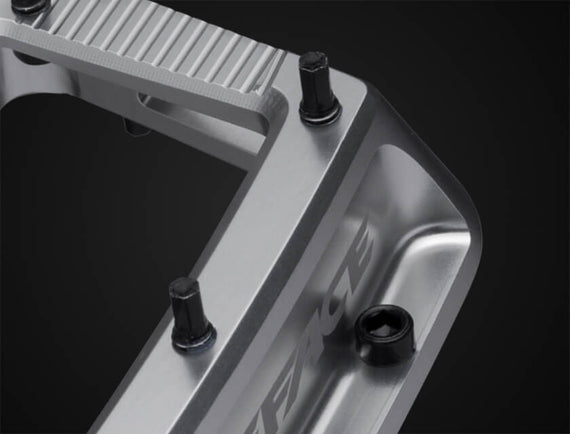
Aluminum pedals are more premium — the best grip, the most durability and nicer aesthetic

Composite pedals are made of high density plastic, which are a bit lighter but are also more forgiving if you slip and give yourself a shinner on your mountain bike. The composite body also deflects impacts better, great if you’re riding BMX, street or dirt jumps.
Platform Size
Race Face pedals also cater for smaller sized feet, or riders who like to make small position adjustments. Chester measures smaller platform at 105mm x 100mm.
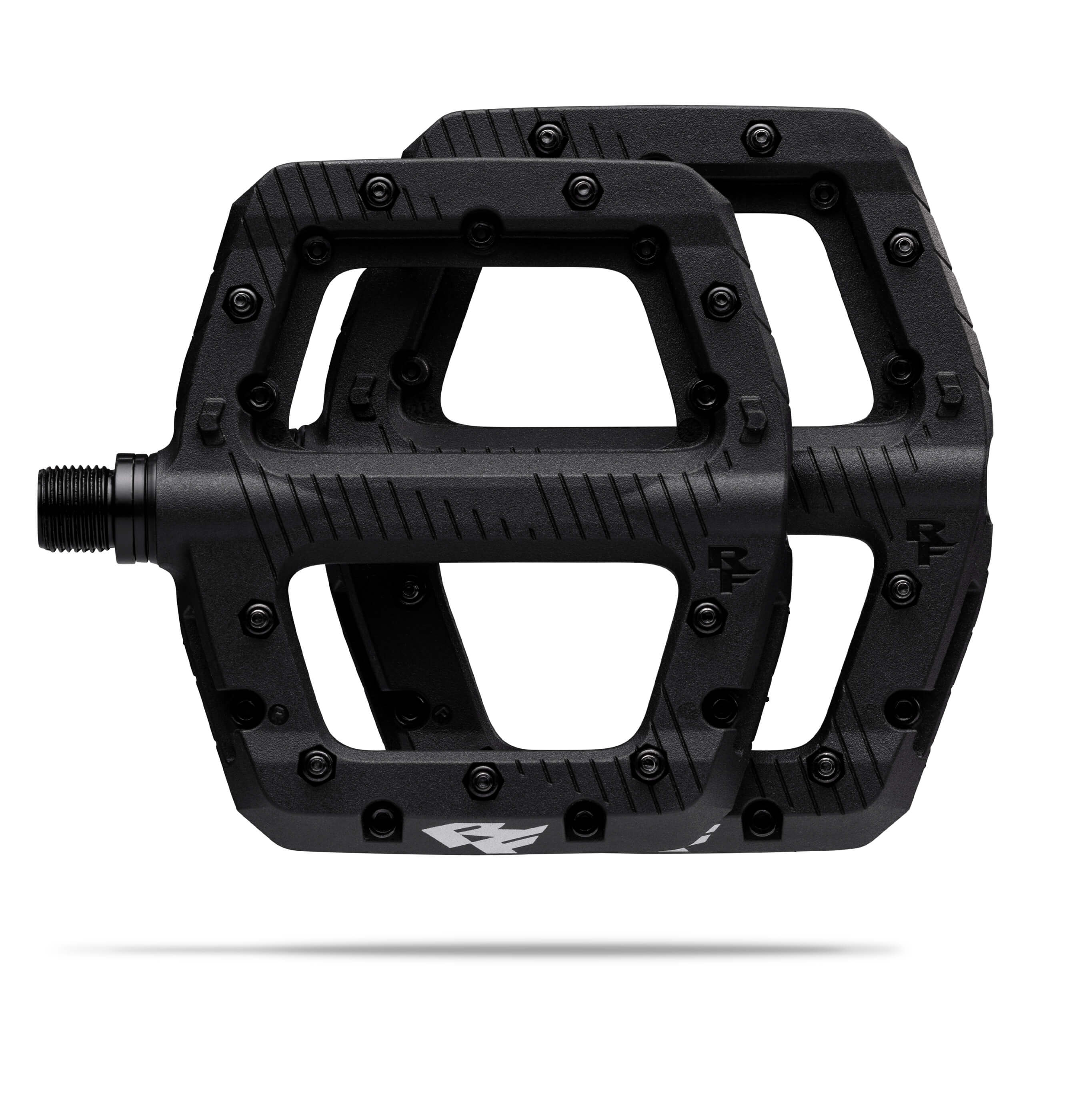
How much grip?
No one wants to slip a pedal. That's why we design our MTB flat pedals to have ultimate grip and stability.

Grip is influenced by pin design, concavity, and platform shape. Atlas and Turbine pedals offer the best grip thanks to their aggressive pin designs with tunable pin height. Turbine also has the most concavity with a 3mm deep ‘pocket’ in its centre to keep your foot secure. On the composite side, Chester features a flatter profile while still providing excellent grip.
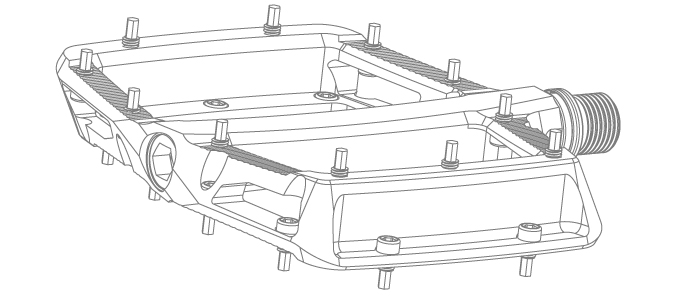
Ability & Experience
Grippier pedals, with aggressive pins and deeper concavity, may appeal more to advanced riders who want that locked-in feel. New riders may prefer the Chester pedal. The composite material keeps the price down while still being durable and comfortable. And when the inevitable shin strike occurs, the grub screw pin on Chester will be a lot more forgiving.
Cost
Value can be finding the latest tech available or it can be choosing the budget-friendly option that still delivers excellent grip and ride quality. That's why we provide budget friendly options like the Chester, a middle-ground option in the Aeffect R, and premium pedals like the Atlas and Turbine. For us, they are all winners— it just depends on what you're looking for.

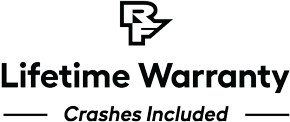
FAQs
Is Turbine or Atlas the best alloy MTB pedal for me?
Turbine and Atlas are both premium, high-end pedals from Race Face. Choosing between the two will depend on your personal preference as a rider. If you want the most locked-in feel—when your shoe won’t budge once it’s in place—then go with Turbine. It has the most concavity and is also design without a bearing bump next to the crank. Atlas has a bit less concavity but is also very grippy, but is easier for micro adjusting your foot position. The oversized bearing of the Atlas also helps extend the wear life of the pedal even further. Atlas is also a slightly thinner pedal for those looking for the most ground clearance. In the end though, choosing between Turbine or Atlas comes down to the you, the rider.
Are aluminum or composite MTB pedals better?
The type of material you choose for your flat pedals comes down to grip, cost and aesthetics. Aluminum pedals—especially those at the premium end like Atlas and Turbine— have excellent durability and grip. With their shiny finish and machined curves, they also look great and can colour match with other Race Face components.
Composite pedals like Chester have unbeatable value, with an impressive amount of grip for the price. Composites are also lighter and more forgiving if your pedal hits a rock, kerb or lip of a jump, making them a great choice for dirtjumpers, street or BMX bikes as well as all types of mountain bikes. Chester’s small size variant also makes them the perfect kids pedal.
What other MTB parts does Race Face make?
We’re glad you asked! Race Face makes a whole range of mountain bike components for every type of rider. Along with our full range of flat bike pedals, we make cranks, chainrings, handlebars, stems, grips and wheels. Many of these parts come in the same colours as our pedals, so you can colour match to suit your style and expression.
Are Race Face Pedals covered by the Lifetime Warranty?
Yes. All our pedals come with our Lifetime Warranty, inclusive of crashes. We build Race Face components to last and any failures as a result in deficiencies in workmanship or the manufacturing process is covered. We cover crashes, too. So if you and your bike go down hard and a Race Face pedal is rendered inoperable, we’ll hand you a new set.
What we don’t cover with our pedals is normal wear and tear. Bent or broken pins can be replaced (we sell those too) as can bearings during a pedal service or rebuild, which we recommend periodically depending how much you ride. If your pedals are scratched up and still functioning, keep riding!
What size pedals do I need for my mountain bike?
We make flat pedals in different sizes, to cater to different size feet. Those with smaller feet, may prefer a smaller platform, which is why the Chester has a Small size measuring 105mm x 100mm. The Large size of Chester measures 115mm x 110mm., same as Turbine.
The smaller platforms make it easier to reposition your feet and make quick adjustments on the pedals. The larger platforms have improved stability and grip and reduce foot fatigue by distributing pressure evenly. Riding technical terrain? Our thinner pedals, like the Atlas, can help you avoid pedal strikes and improve control.
Are Race Face MTB pedals good for e-bikes?
Yes. Our pedals are built durable and can handle all those extra laps that you’re likely to do on your eMTB. Race Face pedals are compatible with any crank style and electric motor that comes on your e-bike.

